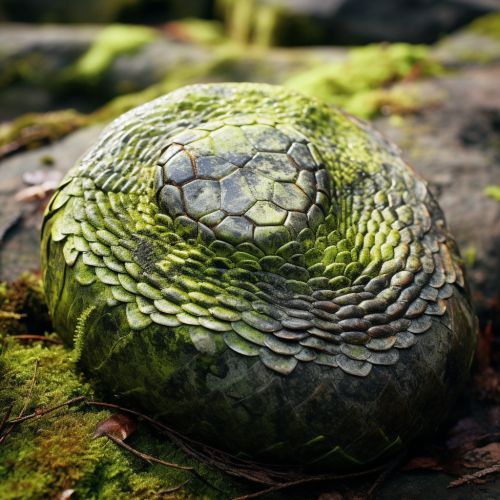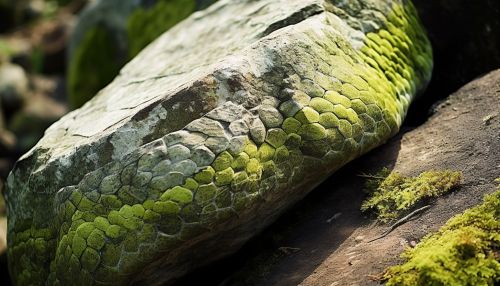Serpentinization and the Origin of Life
Introduction
Serpentinization is a geological process involving the reaction of water with olivine-rich rocks, such as peridotite, under high pressures and temperatures. This process results in the formation of serpentine minerals, magnetite, and hydrogen gas. The process of serpentinization has been proposed as a potential source of chemical energy for the origin of life on Earth and possibly other planets.
Geological Process of Serpentinization


The process of serpentinization occurs when water penetrates into the mantle's peridotite through cracks and fractures. The water reacts with the olivine, pyroxene, and other minerals present in the rock, forming serpentine minerals and magnetite. This reaction also releases hydrogen gas and heat. The serpentinization process is exothermic, meaning it releases heat, which can drive further reactions and contribute to the thermal evolution of planets and moons.
Role in the Origin of Life
The process of serpentinization is thought to have played a crucial role in the origin of life on Earth. The production of hydrogen gas during serpentinization can provide a source of chemical energy necessary for the synthesis of organic compounds. These organic compounds are the building blocks of life, including amino acids, nucleotides, and lipids.
Serpentinization and Astrobiology
Serpentinization is not only significant for the origin of life on Earth but also has implications for the search for life on other planets. The presence of serpentine minerals on the Martian surface suggests that serpentinization may have occurred on Mars, providing a potential source of chemical energy for life. Similarly, the icy moons of Jupiter and Saturn, such as Europa and Enceladus, may also undergo serpentinization in their subsurface oceans, making them potential habitats for life.
